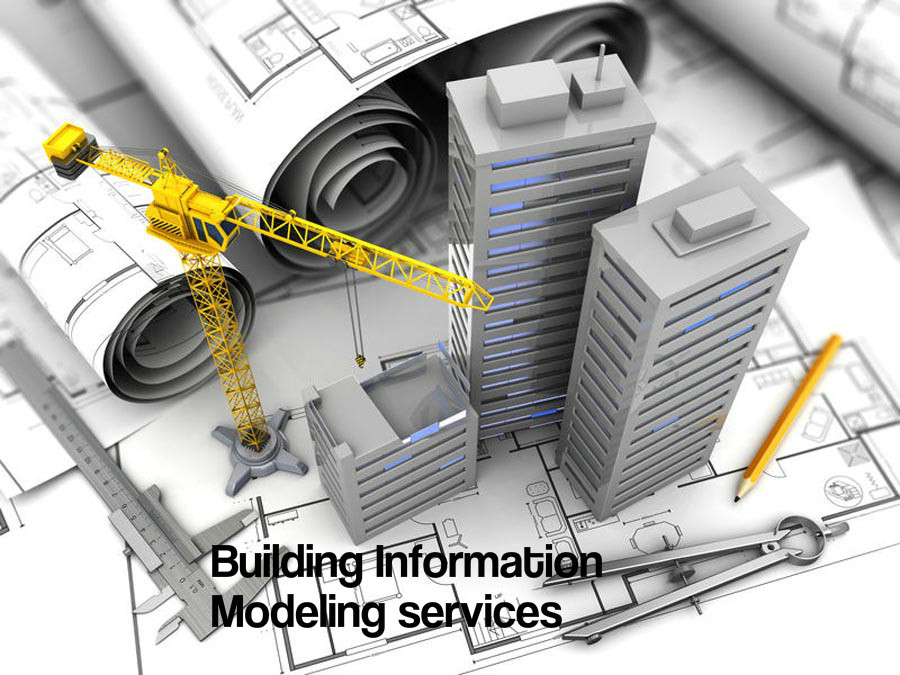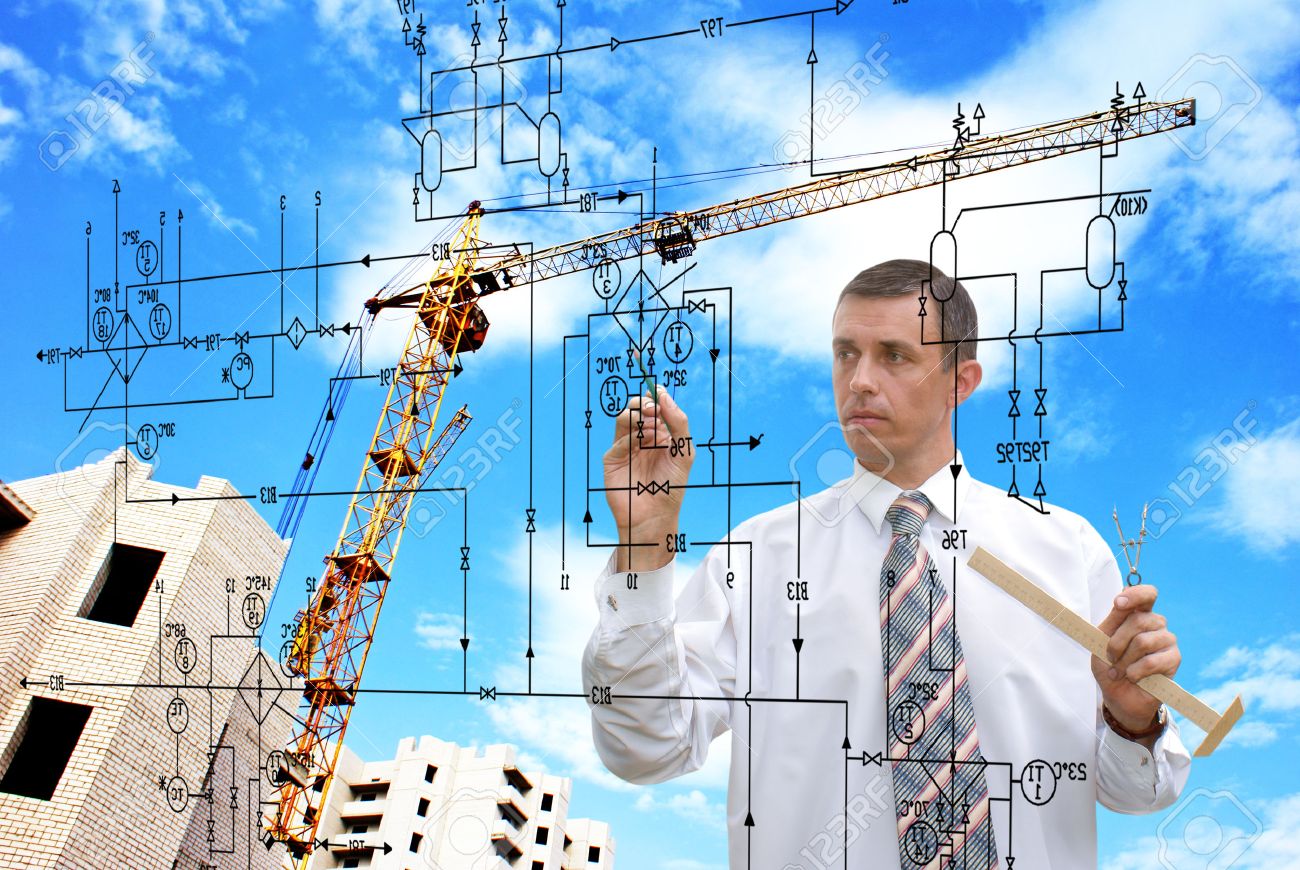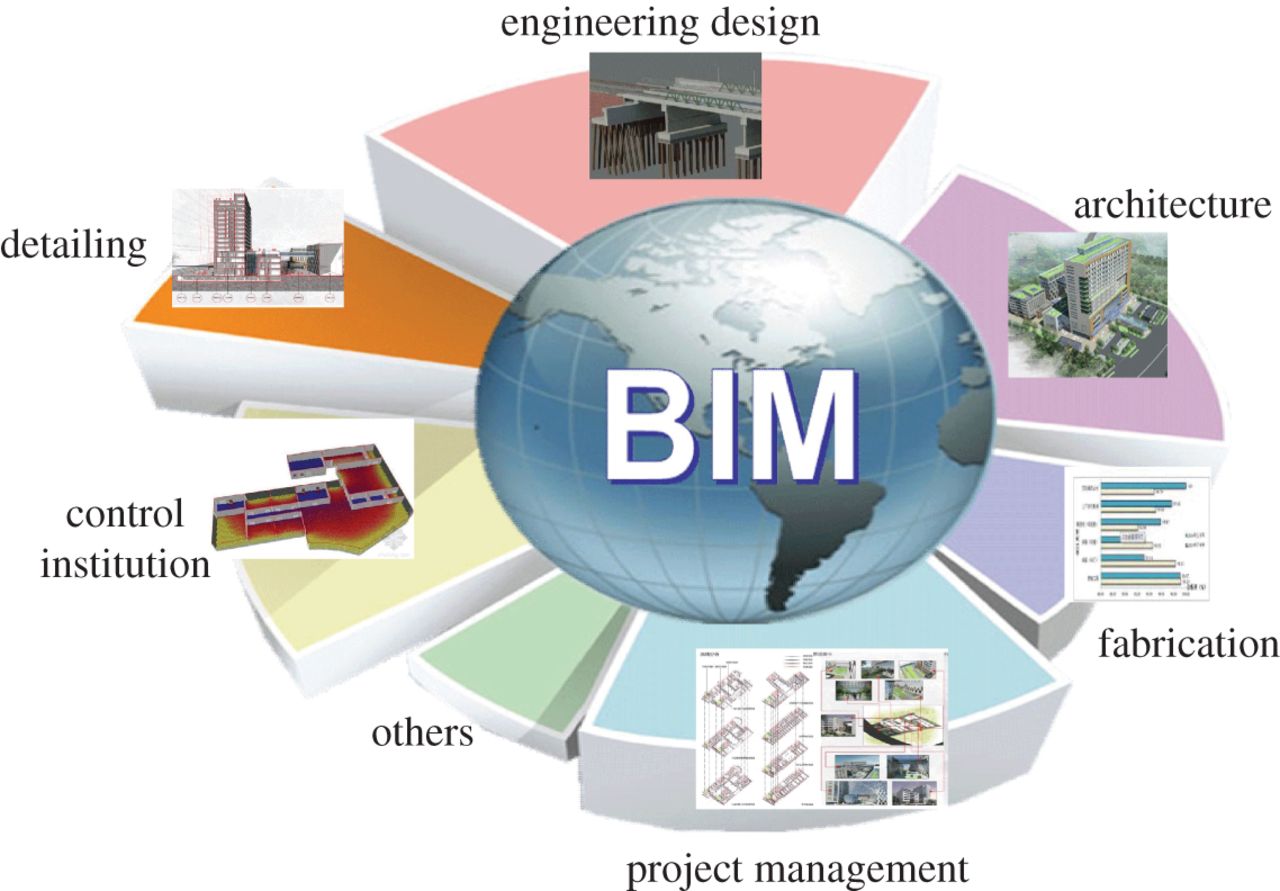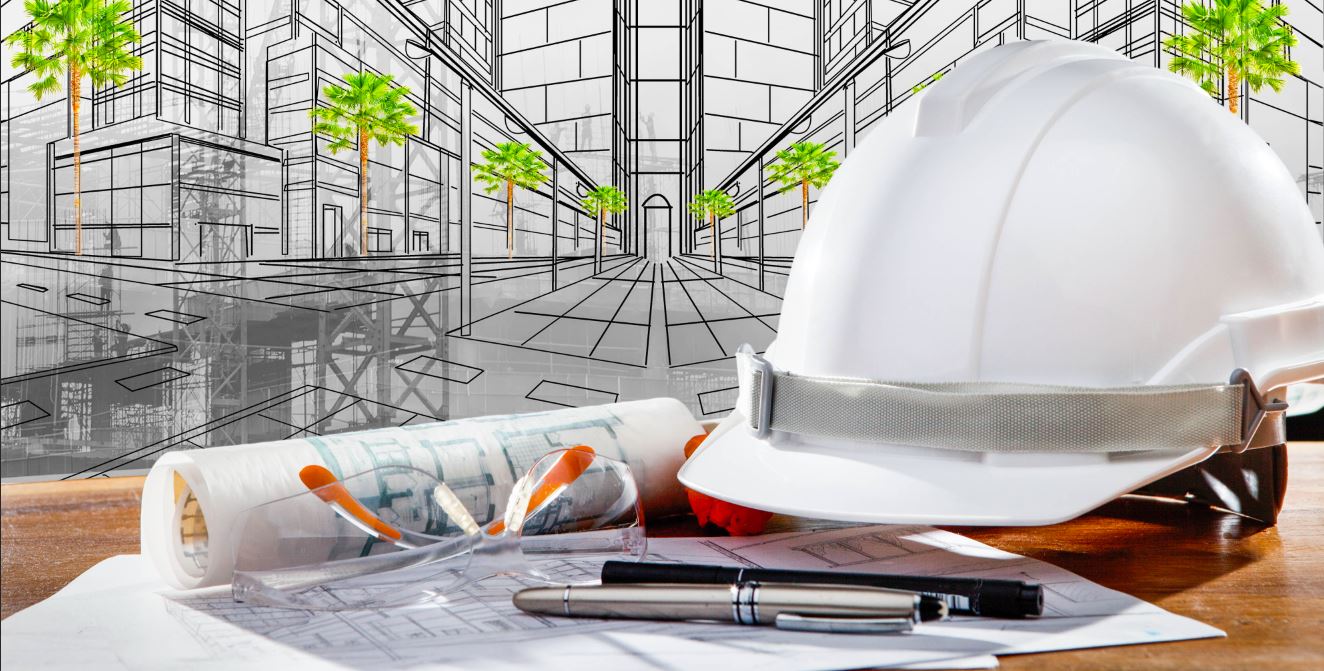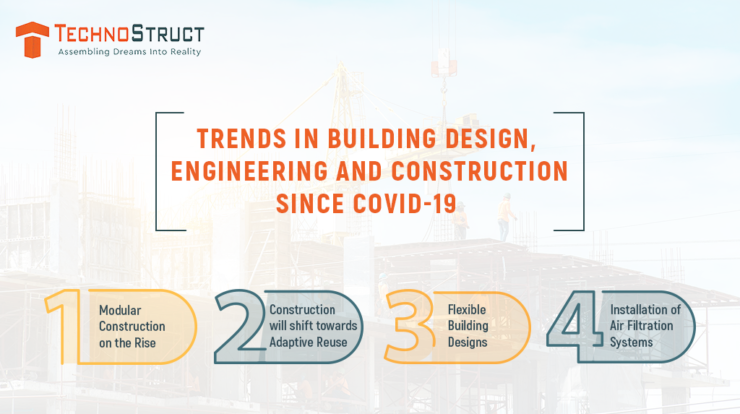
Since the advent of the Coronavirus pandemic, America’s construction sector has found itself in an ambivalent state with the change in trends that have affected the AEC (architectural, engineering, and construction) industry at large to make way for whatever comes next. The on-going pandemic has created opportunities for design and construction to advance, and has brought about changes in the way buildings were constructed for good to make the structures future proof.
Moving ahead into 2021 called for AEC firms to become more adaptive in the way buildings will be designed, engineered, and constructed. Hence, as the leading BIM consultants in Northern California, we would like to share the latest trends to help you adjust and build robust structures. So, let’s dive in:
- Modular Construction on the Rise: The advantages of modular construction were observed over a decade ago, however, the COVID-19 led pandemic highlighted the need to utilize the technology to design and build homes, offices, or even hospitals speedily. Businesses must consider modular construction as it is fast, flexible, and less wasteful than traditional building. The epicenter of the pandemic, Wuhan, used modular construction technology to build a 1,000-bed Huoshenshan facility and the 1,600-bed Leishenshan Hospital built in under 2 weeks to cater to the demand for quarantine centers, temporary lodgings, and more. Besides the medical industry, modular construction has far-reaching benefits due to its quick and flexible nature.
- Construction will shift towards Adaptive Reuse: Traditional construction is one of the biggest contributors to waste, however, 2021 has offered a new perspective to construction with adaptive reuse – where the existing structures can be used to serve new purposes. This is an efficient and sustainable approach to design new spaces, without having the trouble to go through a 4-6 months construction period and not adding to the on-going waste problem.
Adaptive reuse architecture allows the building owners to save money, time, and resources and reinvent the space for any purpose that seems fit.
Did you know: New Orleans Convention Centre has been turned into a 3,000-bed complex, and New York’s Javits Centre has also been converted into a 2,900-bed facility using adaptive reuse architecture.
- Flexible Building Designs: The increasingly evident need to have make-shift spaces has come to the limelight during the pandemic, not just for medical or quarantine purposes but also to reshape the home, office, or any complex space to meet the present needs. This design and construction industry is not new, yet has encouraged construction firms or BIM consulting firms to look towards the AD-APT system. This approach will allow the developers to plan, design floor plans with more flexibility, and allocate space differently as per the dynamic needs of the structure occupants, such that it can be modified in the future.
- Installation of Air Filtration Systems: While previously installing air filtration systems were considered to be a luxury, now it will become a prerequisite. To create a healthy, safe environment for the occupants, installing a high-caliber air filtration system as per the WELL-Building standard is vital. Getting onboard a team of highly experienced MEP Design consultants in California can help overcome HVAC challenges and make the property as safe as possible. The consultant will focus on:
- Minimizing any source of air pollution in the building.
- Using effective ventilation to keep air pollutants at safe levels for humans.
- Installing high-quality systems for direct removal of air pollutants.
For more information, you can read this article: How Architects and Engineers can Help Prevent COVID-19 in Buildings?
Conclusion:
Despite the uncertainties the AEC industry had to face in 2020, it has come out strong with new developments and technological advancements. The on-going pandemic has not only questioned the various norms and aspects of construction, but has also given a new direction for improvements. The COVID-19 pandemic has influenced the Building Design, Engineering and Construction, and has created
TechnoStruct is one of the leading BIM Services Providers in California that specializes in providing BIM consulting services in the San Francisco Bay Area, Seismic support, designing and engineering solutions, solar engineering solutions, and construction solutions, to large-scale commercial, transportation, healthcare, industrial, residential, etc. projects across the AECO spectrum. With its offices in San Francisco, Redwood City, Irvine, and Texas, TechnoStruct is here to influence the industry with its top-tier Construction, Engineering, and Mechanical Electrical Plumbing Engineering Services.
